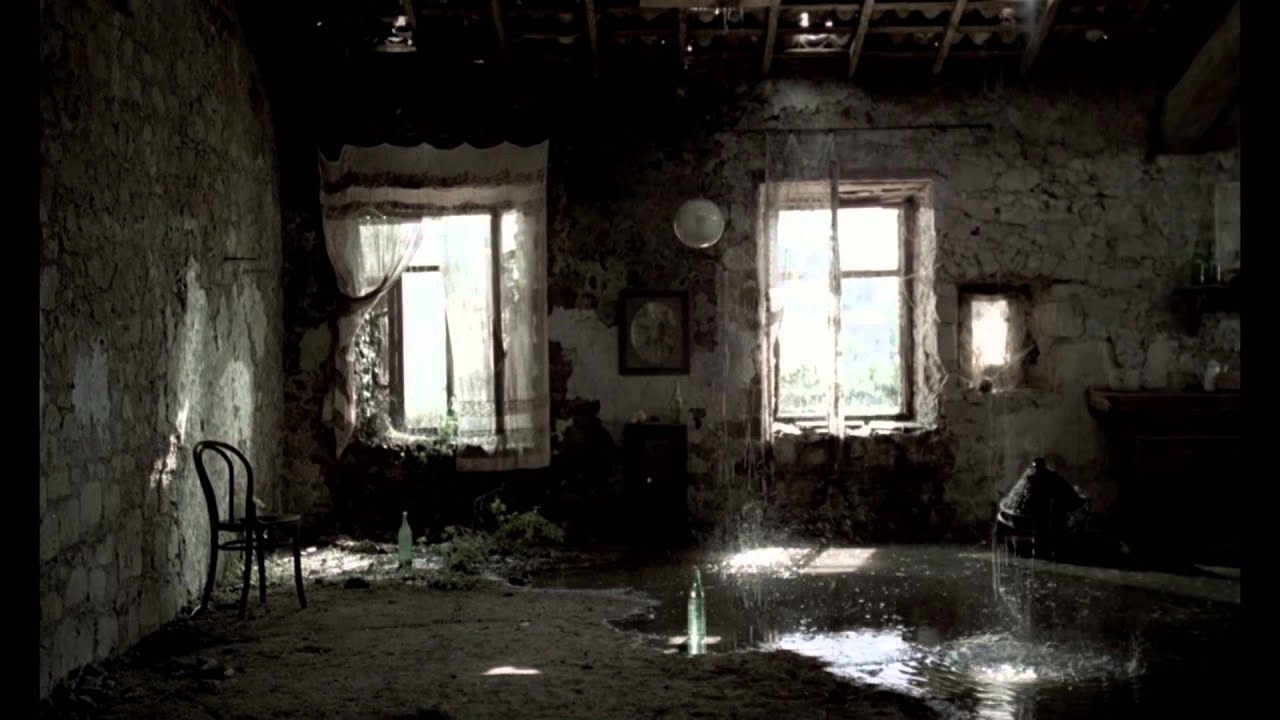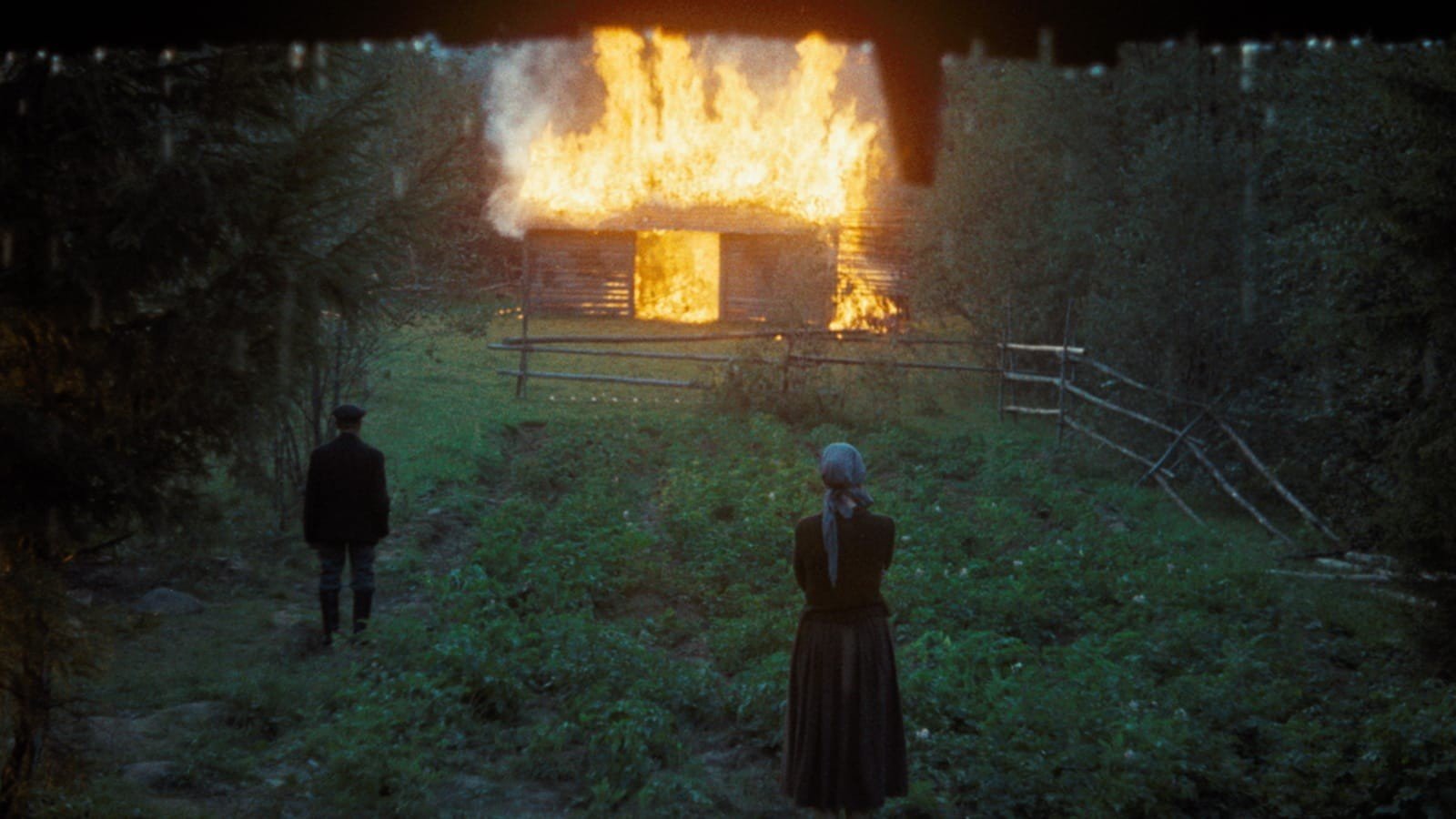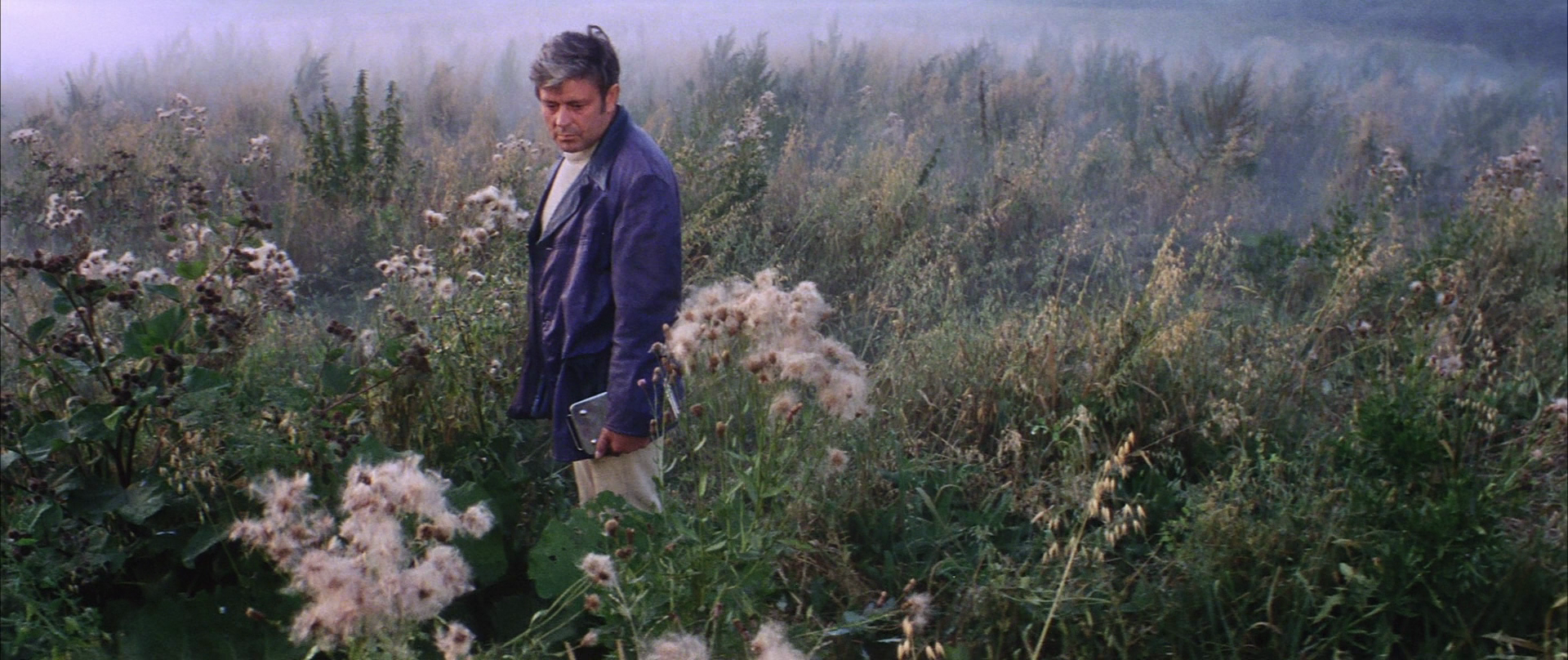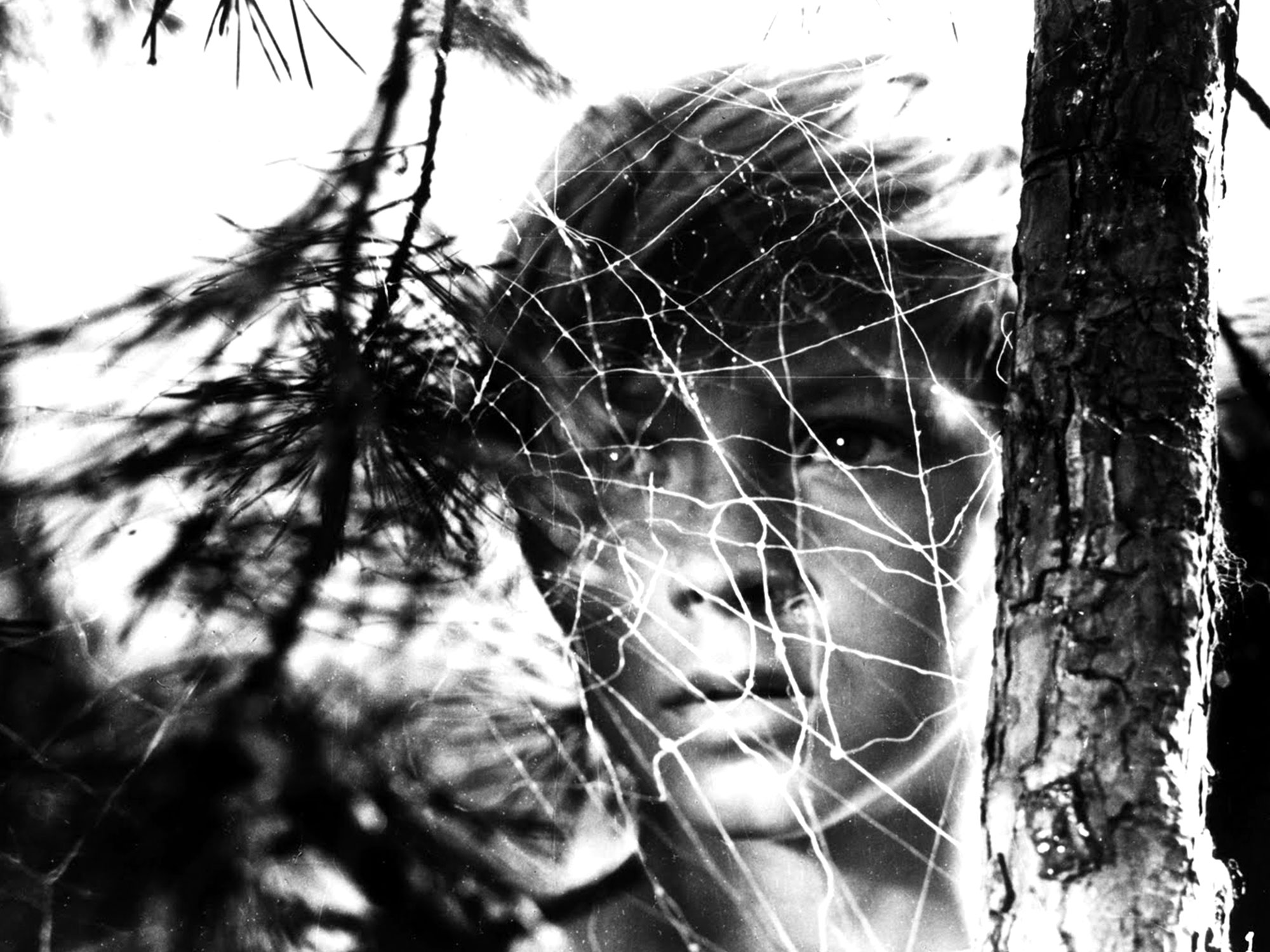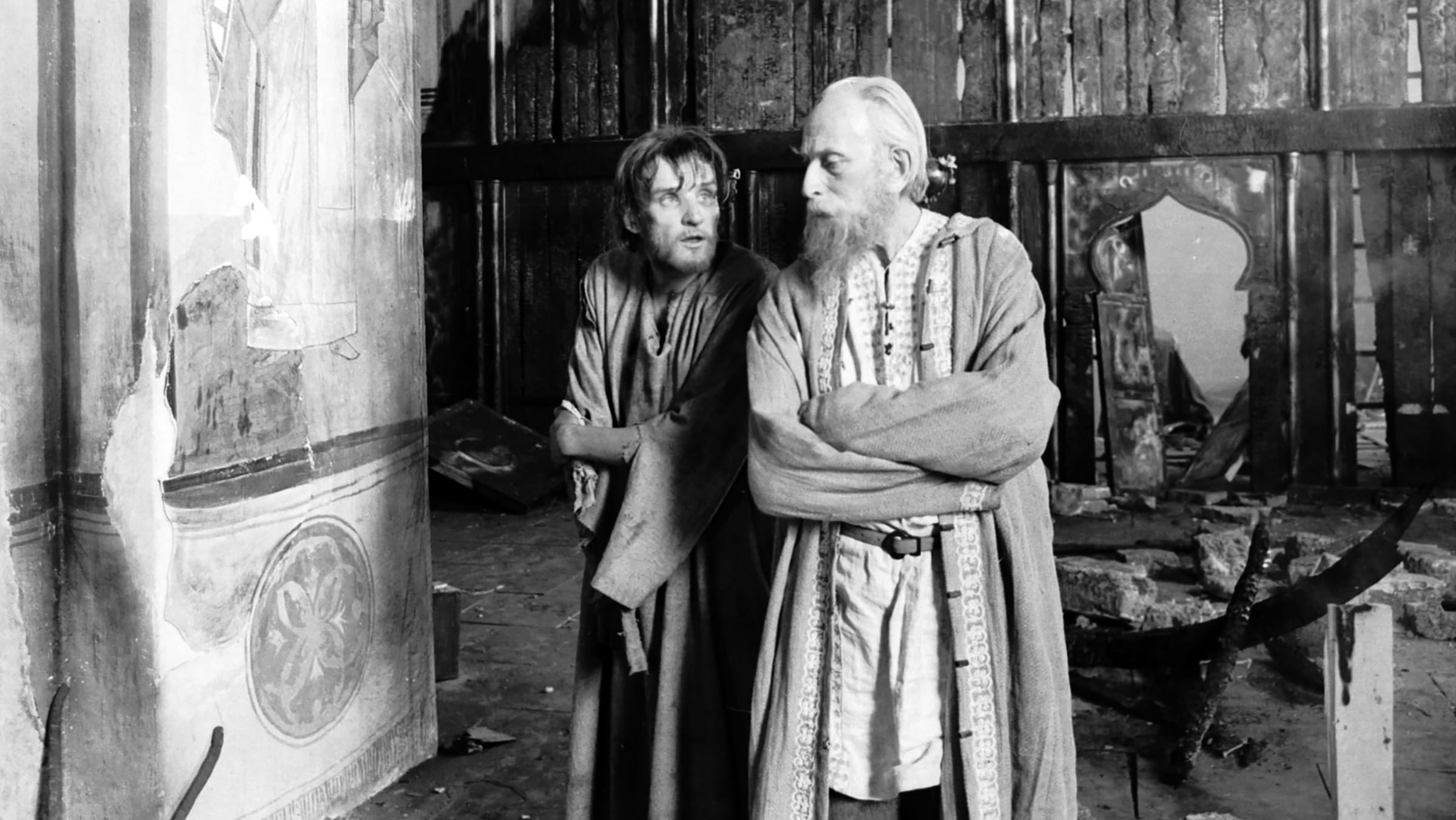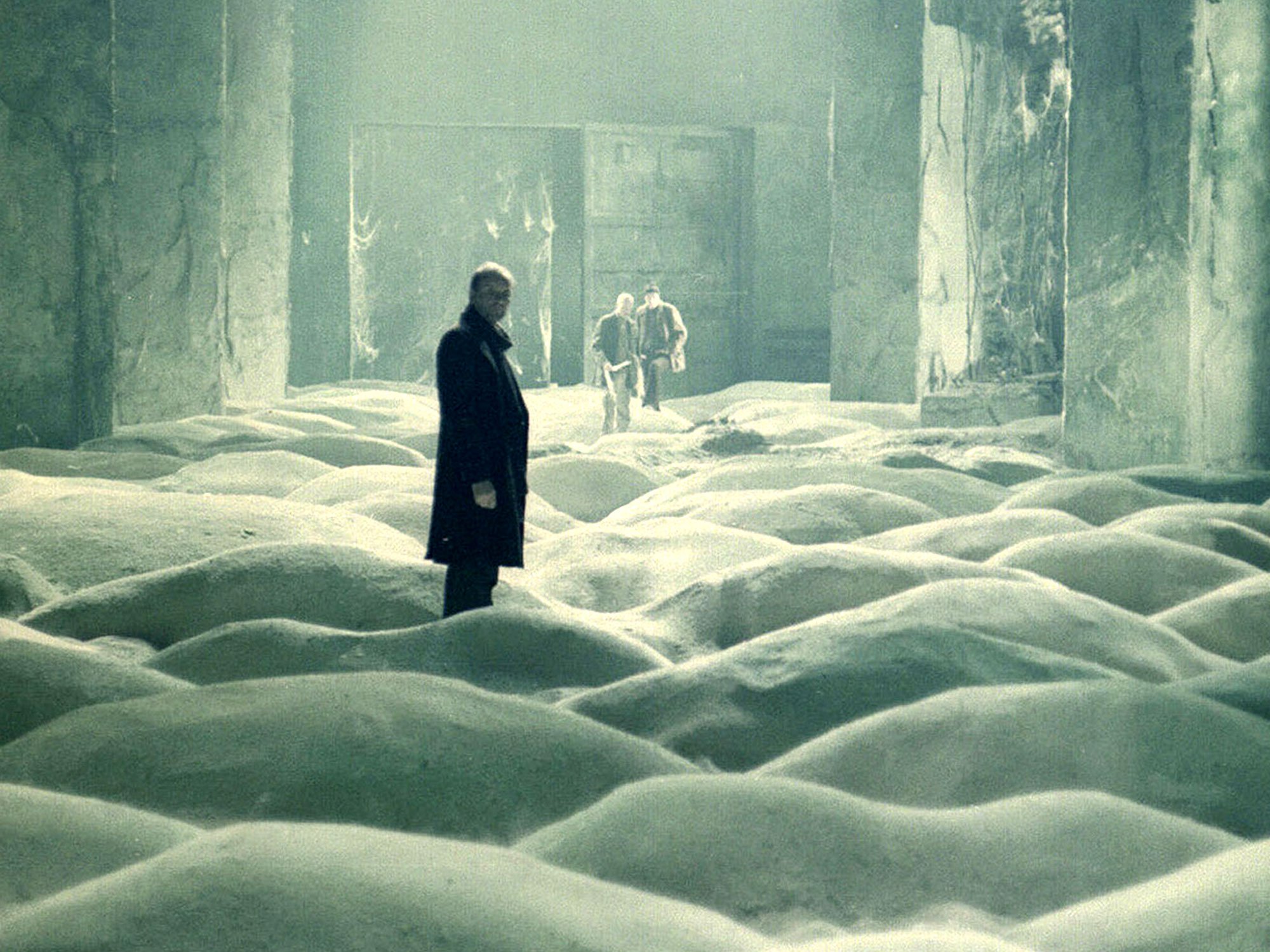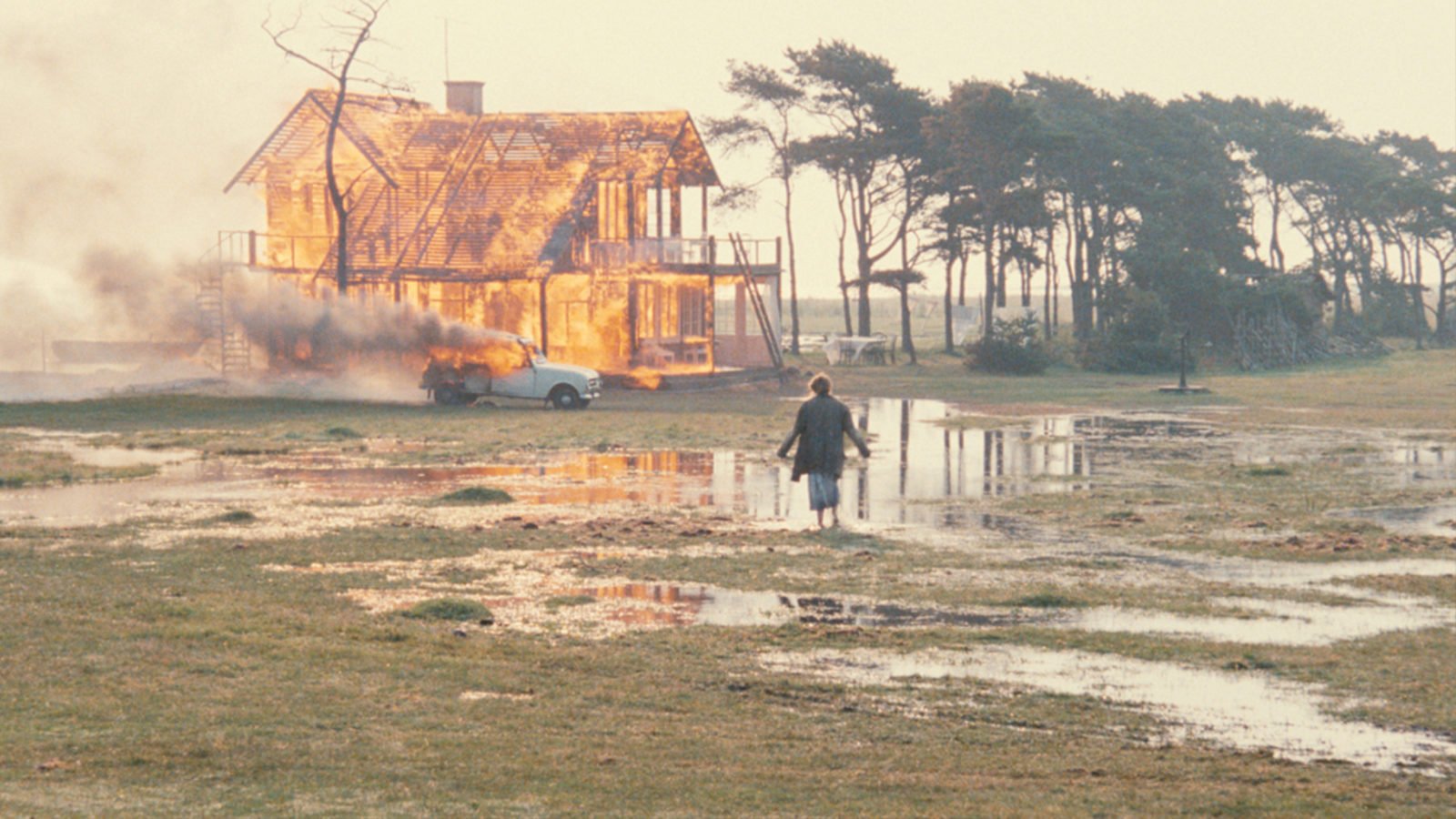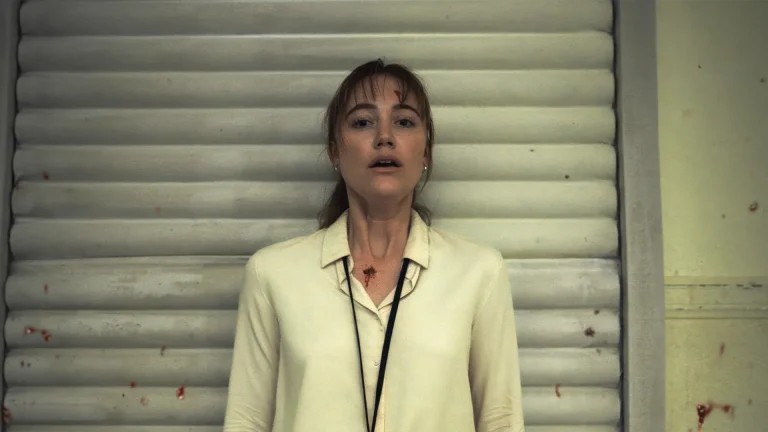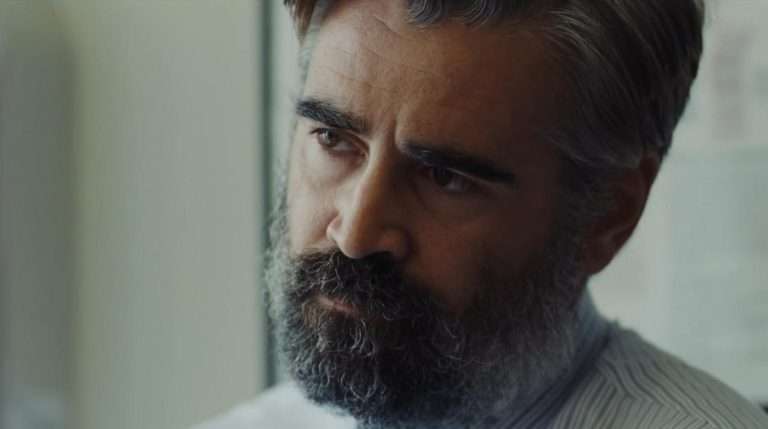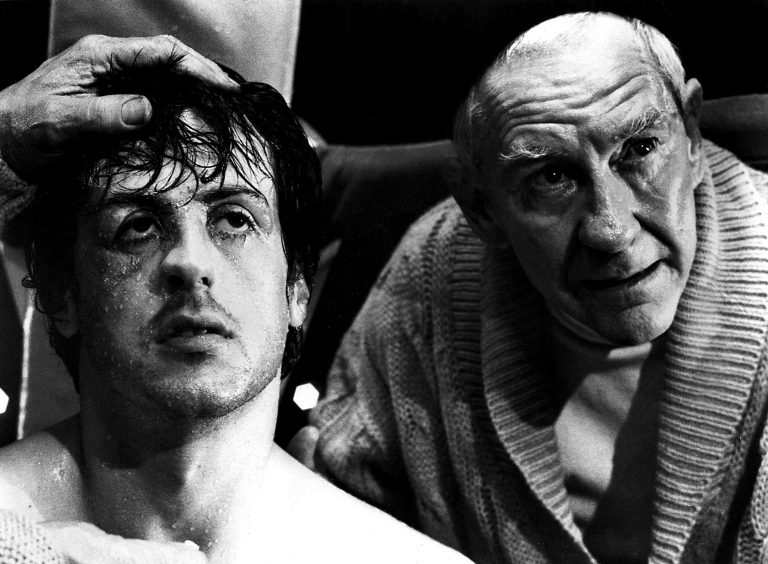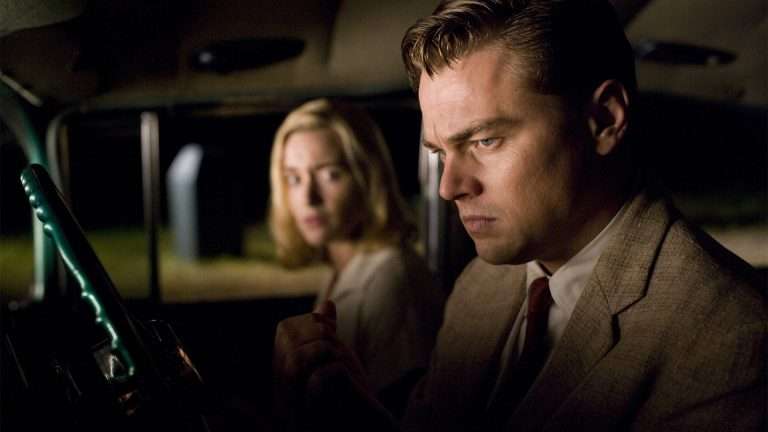The rigidity of emphasizing the narratives, character development, and steady linearity of the story is reflective of the quintessential methods associated with filmmaking and storytelling. Its resultant dissemination to the people associates ‘films’ with a mode of entertainment whose primary component in gathering an audience and enhancing viewership includes inspiring interests and thrill in the audience. In this view, Andrei Tarkovsky owes his position as an influential, often imitated, and renowned Soviet director to his very practice of deviating from these norms and engaging the viewers with the myriad subjects that could be incorporated into the broader philosophical themes concerning human experiences and existence such as the conundrums created by desire, the significance of religion as well as human experiences shaped and impacted by nostalgia, ideologies, politics, ravages of war and remnants of wars.
Keeping up with these themes, Tarkovsky’s films are often considered to be personally interpretive and thematically diverse generating aesthetic and visual pleasure. An astute observation supersedes an exclusive reliance on active listening in the films by Tarkovsky for acquiring a grasp on the above-mentioned themes integral to his films. Based on the direction, content, and the proper dissemination of the selected themes, the seven films directed by Tarkovsky have been ranked in descending order from good to the best.
7. Nostalgia/ Nostalghia (1983)
This epic masterpiece by Andrei Tarkovsky and also his penultimate film captures his self-reflection on his practice of ‘yearning for homeland’. The blend of an epic direction and storyline can be witnessed in the juxtaposition of a perceived ‘simplistic presentation’ of the story with its complex themes whose astute comprehension by the viewers can be attained only by focusing on the interaction as well as an exchange of ideas between the diverse characters. In this view, Gorchakov’s patriotism could be gleaned from his conversation with his translator Eugenia concerning the necessity of command over a language in acquiring a grasp on the poetry (or culture) of a nation.
Related Read to Andrei Tarkovsky: Andrei Tarkovsky As An Existentialist Cinematic Philosopher
This is simultaneous with his belief in the futility of the existence of the frontiers/ borders crystallizing separation by geographical divisions. This is substantiated through his fascination and similarity with an Italian architect Domenico united in their shared faith and application concerning the restoration of humanity. Nostalghia witnesses the directorial skills of Tarkovsky oscillating between the use of Black and White and color in presenting the actions of the characters throughout the film as well as the less colorful display of Italy. This is applied to question the association of patriotism with faith in established differences of identity and instead exhibit reinvention of identities between diverse individuals (the Russians and the Italians) albeit containing inevitable variations.
6. Mirror/ Zerkalo (1975)
Having acquired the position of one of Tarkovsky’s personal works, ‘Mirror’ has been subjected to diverse opinions and multiple criticisms in the aftermath of its release. This is primarily because the flow of the narrative is not chronological and linear. Nevertheless, in the realm of cinema, ‘Mirror’ has acquired the position of being one of the greatest films ever made. This is primarily because of its ability to invoke the realisation about the most relatable and realistic content of the film that is the display of the remnants of ‘memories’ whose abject criticisms gained by virtue of their deviance from the tenets of film-making in inspiring entertainment had ironically deemed it incomprehensible.
Related Read to Andrei Tarkovsky: 10 Great European Films That You Just Can’t Miss
Andrei Tarkovsky through his spectacular direction confirms the non-chronological nature of the film by effectively and intermittently travelling between the past and the present throughout the film challenging the linearity expected in filmmaking and showing how the male protagonist Alexei’s present relationships have evoked and are determined by his past relationship with his mother and surrounding. A realistic portrayal of the fading childhood memories is discernible in the presence of unrelated characters in a setting in addition to the inconsistency of the events that underline how memories are susceptible to assimilations and decays with time. This is in addition to the raw emotions between the various characters be it Alexei’s relation with his mother and wife thus making the film a creative entity and artistic excellence in its own right.
5. Solaris (1972)
The Solaris by Andrei Tarkovsky has gained its reputation as an exemplary film of the sci-fi genre that in addition to staying faithful to the very theme of the film questions the perceived omnipresence and impact of scientific interventions and the limitless possibilities for humans created by them. The story revolves around Kris Kelvin who is seen to be spending his last day on Earth before going to the planet Solaris to explore, understand and report the behavior of the other crew members who are believed to be communicating in an ‘unreasonable fashion’ sending hallucinatory messages to the experts. On reaching Solaris, he began to see visions of his former wife Hari in human form believed to have been created by the planet from the remnants of Chris’ memories of his dead wife.
Related Read to Andrei Tarkovsky: 10 Best Sci-Fi Movies Of The Decade 2010s
Contrasting the presentation of the quaint countryside of Earth with the seemingly dark and soulless presentation of Solaris to the viewers, Tarkovsky has brilliant exhibited how a grasp on the understanding of any other-worldly entity are shaped by perspectives governed by inherent humaneness that in this case includes deeply embedded memories and consciousness and not scientific inventions in totality. The film’s cult status and the subsequent accolades conferred on the direction and plotline owe to the display of the innate superiority of the discovery and application of consciousness to better comprehend the cosmic world over technological inventions.
4. Ivan’s Childhood (1962)
Tarkovsky’s first feature film deserves attention, accolades, and multiple applauds for incorporating childhood experiences and trauma into the ravages and destructions caused by war. The story revolves around an orphaned boy Ivan Bondarev whose parents and sister were at the receiving end of this very destruction shaping his determination to destroy the German armies by serving as the Soviet army. The story progresses from his role as a Soviet spy to his eventual death at the hands of the German armies. The unscathed remarkability of the film emanates from an emphasis on an interpretation of war from a child’s perspective. However, in this case, the agony and trauma of loss are represented through Ivan’s unflinching conviction in assisting in the defeat of the enemies thus depicting the loss of childhood innocence.
Related Read to Andrei Tarkovsky: Cinema Mon Amor//Why Do We Love Movies
What inspires the fascination and interests of the audience is the duality present in the film where the occasional dreams about an ideal childhood are juxtaposed with the unfolding dystopia caused by the war. In this harrowing plotline surrounding the catastrophes of war and vengeance, the dreams of utopia preceding the war and towards the end of the film showing Ivan engaging in playful actions with his mother is interrupted by the objectivity and reality of his position as a spy justifying the theme of the role of war in destroying human emotions. Besides the storyline, the black and white direction and the presentation of the obliterated surrounding and deaths add fervor to casualties caused by the ongoing war.
3. Andrei Rublev (1967)
Historical biographies have dominated the cinema in the classical and the contemporary era narrating the stories of the historical figures and restoring their legacy by focusing on their great deeds and achievements in the journey of their respective lives. Andrei Rublev has managed to deviate from this practice and focus on displaying art as a practice that was simultaneous with 15th century medieval Russia. The film that is divided into 8 chapters is preceded and followed by a prologue and an epilogue that has little relevance or no relevance to the overall plot. The story revolves around a religious icon painter Andrei Rublev whose recognition as a renowned artist was confirmed who was invited by the famous Theophanes to decorate the cathedral at Moscow under the patronage of the Grand Duke much to the chagrin of his fellow travelling companion and monk Kirill.
Related Read to Andrei Tarkovsky: 50 Years Later: Flesh (1968)
Throughout the film, the protagonist is shown to be devoid of the heroic display of vigour, the expected visibility, unquestionable bravery as well as relevance to the key events that separate it from the broader familiarity with the genre prevailing and persistent in various eras. Exhibiting an excellent direction by Tarkovsky in black and white giving a sense in remaining true to the era in which the story is set, the film can be considered to have set an effective alternative to the genre where the very name of the artist is representative of a clash between art and politics, most importantly, the space that art struggles to find amid political turmoil. The establishment of this very alternative has led to this film to achieve the masterpiece status that has been unanimously agreed upon since decades after its release and the numerous controversies following it.
2. Stalker (1979)
Stalker is probably regarded as one of Tarkovsky’s finest works probably because of its ability to have managed in rising to a status of ‘high art’ as well as relatively higher intelligibility and relatability than the film has managed to inspire amongst the audience to date. The story revolves around three major characters, the selfless Stalker who performs his primary duty to accompany the Writer and the Professor to a place called Zone in the post-apocalyptic world. Inside the zone, there is a forbidden space called the Room where the visitor’s wishes are believed to come to fruition. Similar to ‘The Sacrifice’ where the impending nuclear war was represented through the rumble of a jet plane, the audience can acquire a sense of the post-apocalyptic world through the consistent presence of the lush and unruly green bushes, the muddy water, dilapidated settlements, and the conversation between the characters (The Writer and the Professor) regarding the cause of the same as the journey continues thus adhering to a quintessential Tarkovskian manner of creating a sense of catastrophe amongst the viewers.
Related Read to Andrei Tarkovsky: Tarkovsky on ‘Mirror’ and ‘Stalker’
With its progression, the film unfolds various questions and conundrums mired in the philosophy of human consciousness and desires leading to a climax revealing the mystery of the room bearing the capability to fulfil only one’s inner secret desire that is even unknown to him/her. This leads to a major question, does an individual capable of knowing him/ her fully, and how deep and what are the possible gaps in that very knowledge? As the film continues to ruminate over and address the questions towards the end, it underlines the issue of an existing chasm between the individuals’ wishes and innate desires that shape an ‘individual’ in its totality making the film one of the greatest masterpieces in cinematic history.
1. The Sacrifice/ Offret (1986)
This final film by Andrei Tarkovsky in the twilight of his life is regarded closer to his cinematic counterpart Ingmar Bergman. Set in Sweden, the film analyses the concept of finality by drawing upon themes such as individual choices and the extent to which they are determined by the rigidity of beliefs and ideologies and how this rigidity is shaped by fears or in this case, fear of death. The film begins with a middle-aged Professor named Alexander meditating upon the lack of stability and balance between ‘progress’ created by human civilization and nature as a result of the ongoing exploitation of the latter by humans. The celebration at Alexander’s house is interrupted by the announcement of a Third World War followed by an emotional turmoil in the house and Alexander’s deal with God to save the world in exchange for everything he holds dear including his son commonly known as ‘The Little Man’. His actions involve engaging in a sexual relationship with his maid Maria who is believed to contain powers to put an end to the impending disaster as suggested by his friend and postman Otto. The film culminates in Alexander keeping his side of the bargain by setting his house ablaze.
Related Read to Andrei Tarkovsky: Sebastian Lelio Picks 10 Greatest Films Of All Time
What makes the film the greatest masterpiece by Tarkovsky is a thorough exploration of numerous contradicting themes viz., faith and reason, human choices affected by fear concerning the natural phenomenon that is, the inevitable finality of existence or death. Alexander’s sexual engagement with witch Maria shows collaboration between Christianity and paganism in confronting the reality of death. True to the innate knowledge in every film by Tarkovsky, the film depicts the relationship between faith and restoration and how they have overpowered the dreary impacts caused by human invention. Tarkovsky’s failing health and his reflection on his proximity to death can be perceived in this film making his last work an emotionally driven work whose connection to diverse audiences makes this an incomparable work of art to date.

